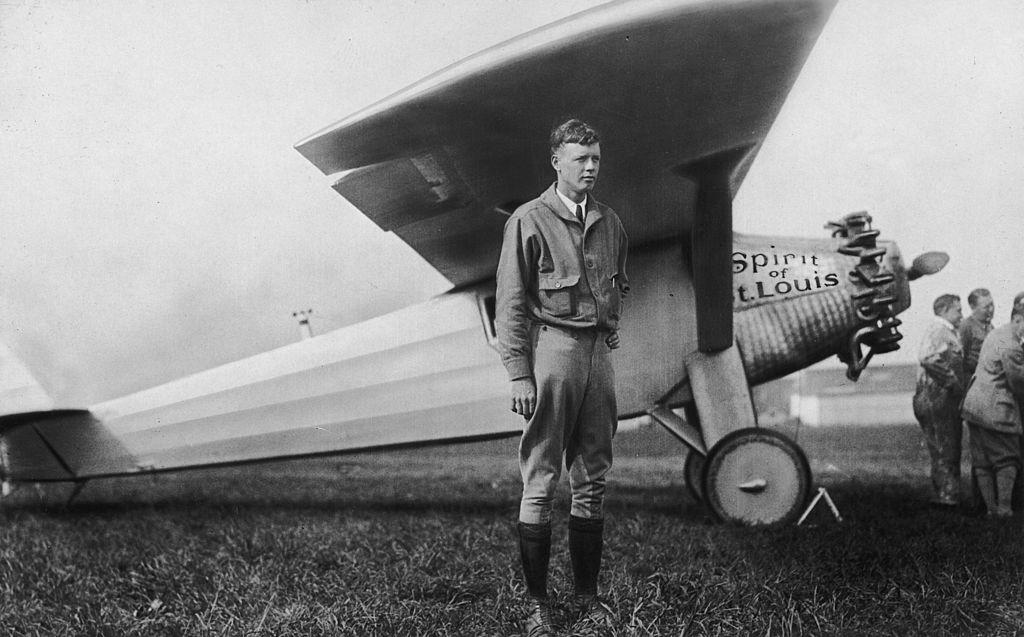Throughout the summer of 1877, a band of the Nez Perce tribe engaged in a 1,170 mile-long flight and running battle with forces of the U.S. Army. Driven from their homeland in the Wallowa Valley of northeastern Oregon Territory, and led by several chiefs, they fled across the Idaho Territory. Men, women, children, and horses, crossed into Montana as they sought escape across the Canadian border. Exhausted and hungry, and their numbers diminished by pitched battles, they made a final stand in the Bear Paw Mountains. They were still in Montana—only 40 miles from Canada.
The American public followed this exodus through the newspapers of the day. Readers reacted differently to this war between U.S. troopers and Indians than to other conflicts fought in the Great Plains over the previous 40 years. Many Americans, including members of Congress and the soldiers engaged in these battles, came to admire the Nez Perce for their endurance, bravery, and humanity.






